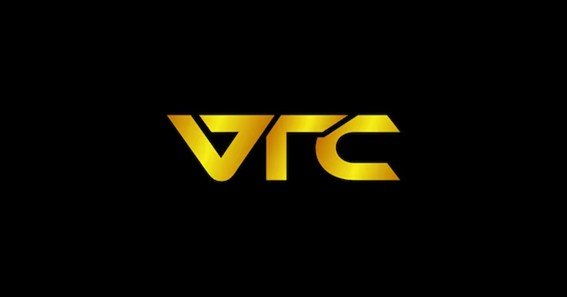VTC full form is an acronym that stands for “Video Teleconferencing.” It refers to the technology that allows people from different locations to communicate with each other in real-time through video and audio. VTC is widely used in businesses, schools, and even personal communication to bridge the gap between people separated by distance. In this article, we will explore the VTC full form, its uses, and how it plays a vital role in modern communication.
What Is The VTC Full Form?
The VTC full form is “Video Teleconferencing.” In simple terms, video teleconferencing is a way to connect people from different places using video and audio. The key feature of VTC is that it allows real-time interaction, making it feel as if everyone is in the same room. This technology has grown popular because it saves time and travel expenses while still enabling effective communication.
Video teleconferencing (VTC) is used in various sectors, including business meetings, educational sessions, healthcare, and even personal interactions. Many organizations use this technology to hold meetings, conduct interviews, and provide training to employees.
Synonyms For VTC Full Form
While “VTC full form” refers to “Video Teleconferencing,” several synonyms can be used to describe this technology. Some of these synonyms include:
- Video conferencing
- Teleconferencing
- Online meeting
- Virtual meeting
- Remote conferencing
In this blog, we will use these terms to explain the concept and benefits of video teleconferencing.
Importance Of Video Teleconferencing (VTC)
Video teleconferencing has become a crucial part of our daily lives, especially in the current digital age. Here are a few reasons why VTC, or video conferencing, is important:
- Time–Saving: One of the biggest advantages of video conferencing is that it saves time. Instead of traveling to meet people in person, you can connect with them online from anywhere in the world.
- Cost-Effective: Organizations and businesses can reduce travel and accommodation costs by using video teleconferencing. This makes VTC a more affordable option for holding meetings and training sessions.
- Global Connectivity: VTC allows you to connect with people from different parts of the world. Whether you’re working with international clients or friends, video teleconferencing makes it easy to stay in touch.
- Efficiency: VTC allows real-time interaction and quick decision-making. Businesses can share presentations, documents, and other files instantly through video conferences.
How Does VTC Work?
Now that we know the VTC full form and its importance, let’s dive into how video teleconferencing works. VTC systems use internet connectivity to transfer video and audio between participants. All you need is a stable internet connection, a webcam, and a microphone.
Here’s a quick breakdown of how VTC systems work:
- Audio and Video Capture: The webcam and microphone capture the video and audio of the participants.
- Transmission: The data (audio and video) is transmitted over the internet.
- Reception: The participants’ devices receive the transmitted data, enabling them to see and hear each other in real time.
Most video teleconferencing platforms, such as Zoom, Microsoft Teams, and Google Meet, provide easy-to-use interfaces, allowing even beginners to join and participate in online meetings.
Uses Of VTC In Different Sectors
- Business: Companies use video teleconferencing for meetings, interviews, and employee training. It helps save time and travel costs while maintaining effective communication.
- Education: Schools and universities use video teleconferencing for online classes and virtual learning. This became especially common during the COVID-19 pandemic.
- Healthcare: Doctors use VTC to conduct virtual consultations with patients, reducing the need for in-person visits. For example, hospitals like SSKM (SSKM hospital full form: Seth Sukhlal Karnani Memorial) use video teleconferencing to facilitate consultations.
- Personal Communication: Families and friends use VTC to stay connected, especially when living far apart.
Future Of VTC Technology
The future of video teleconferencing is bright, as it continues to evolve with advancements in technology. Features like augmented reality (AR) and virtual reality (VR) are likely to be integrated into video conferencing, making the experience even more immersive and realistic. As internet connectivity improves, we can expect more reliable and high-quality VTC experiences in the future.
FAQ
What Does VTC Stand For?
VTC stands for “Video Teleconferencing,” a technology that allows real-time communication through video and audio.
How Does Video Teleconferencing (VTC) Work?
VTC works by transmitting video and audio data over the internet, allowing people in different locations to interact in real-time.
What Are The Uses Of VTC?
VTC is used in various sectors like business, education, healthcare, and personal communication for virtual meetings, online classes, and consultations.
What Are The Advantages Of VTC?
VTC saves time, reduces travel costs, enables global connectivity, and provides efficient communication through real-time interaction.
What Is The Future Of VTC Technology?
The future of VTC includes advancements like augmented reality (AR) and virtual reality (VR), making the experience more immersive.










